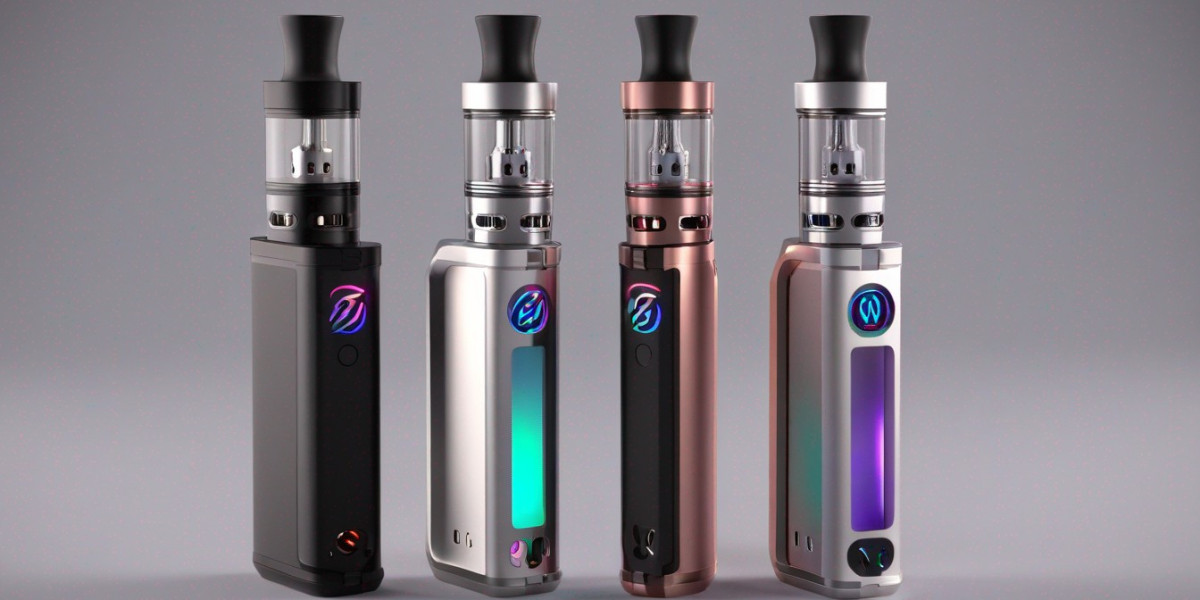In the ever-evolving landscape of vaping, where billowing clouds of vapor have become a common sight, the legal age for indulging in this practice remains a critical aspect of regulation. As concerns about the health implications of vaping continue to mount, authorities in the United Kingdom have implemented specific age restrictions to curb the rising trend among the youth. This article takes a deep dive into the legal nuances surrounding the age for vaping in the UK, exploring the rationale behind such regulations and their impact on public health.
Understanding the Regulatory Framework
The legal framework governing vaping in the UK is primarily set out in the Tobacco and Related Products Regulations 2016. These regulations lay down stringent rules aimed at safeguarding public health while balancing the interests of those who choose vaping as an alternative to traditional smoking. Central to these regulations is the establishment of a minimum legal age for purchasing and using vaping products.
The legal age to vape UK stands at 18 years old. This aligns with the legal age for purchasing tobacco products and reflects a concerted effort to prevent the sale of vaping devices and e-liquids to minors. The intention is clear: to protect the vulnerable age group from the potential health risks associated with vaping while allowing adults to make informed choices about their consumption.
Growing Concern Legal Age To Vape
The rise of vaping among the youth has been a cause for concern globally. In the UK, the government has recognized the need to address the increasing prevalence of vaping among adolescents. The restrictions on the legal age for vaping play a crucial role in limiting access to these products for individuals who may not fully comprehend the potential health consequences.
Research has indicated that early exposure to nicotine, a common component in many e-liquids, can have lasting effects on the developing brain. The adolescent brain is particularly susceptible to the addictive nature of nicotine, potentially leading to a lifelong dependency. By setting the legal age for vaping at 18, authorities aim to create a barrier to entry for young individuals, mitigating the risk of early and habitual use.
Enforcement Challenges and Educational Initiatives
While the legal age to vape is clearly defined, effective enforcement remains a challenge. Online sales and peer-to-peer transactions can circumvent age verification processes, making it imperative for authorities to adopt a multi-faceted approach. Stricter penalties for retailers who violate age restrictions and enhanced education campaigns are vital components of this strategy.
Educational initiatives play a pivotal role in shaping public perception and behavior. Schools and community organizations can play an active part in educating young individuals about the potential risks associated with vaping. By fostering awareness about the legal age restrictions and the reasons behind them, society can contribute to a culture that prioritizes responsible vaping practices.
Public Health Considerations
The legal age for vaping is not only a matter of preventing youth access but also a broader public health consideration. Vaping, while considered by some as a less harmful alternative to smoking, is not without risks. The long-term effects of inhaling vaporized substances are still under study, and limiting access to those who are more vulnerable, such as young individuals, is seen as a prudent measure.
Public health campaigns often emphasize the importance of making informed choices. Understanding the potential risks and benefits of vaping is a critical aspect of responsible decision-making. By restricting access to vaping products to individuals aged 18 and above, policymakers seek to ensure that adults who choose to vape can do so with a full understanding of the potential consequences.
Conclusion
As the vapor from e-cigarettes continues to weave its way into the fabric of daily life, the legal age for vaping stands as a crucial checkpoint in regulating this burgeoning industry. The UK's approach, setting the age at 18, reflects a balance between individual freedom and the imperative to protect public health, particularly the youth. In the years to come, continued scrutiny, research, and adaptation of regulations will be essential to address the evolving landscape of vaping and its impact on society. Ultimately, breathing in wisdom involves not just understanding the legal age for vaping but also embracing the responsibility that comes with making choices that affect our well-being and the well-being of those around us.








